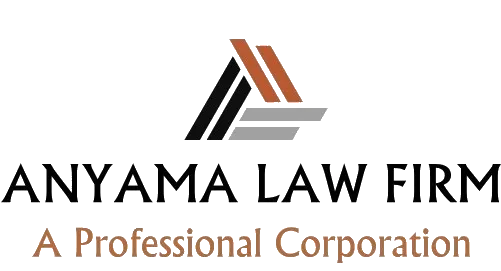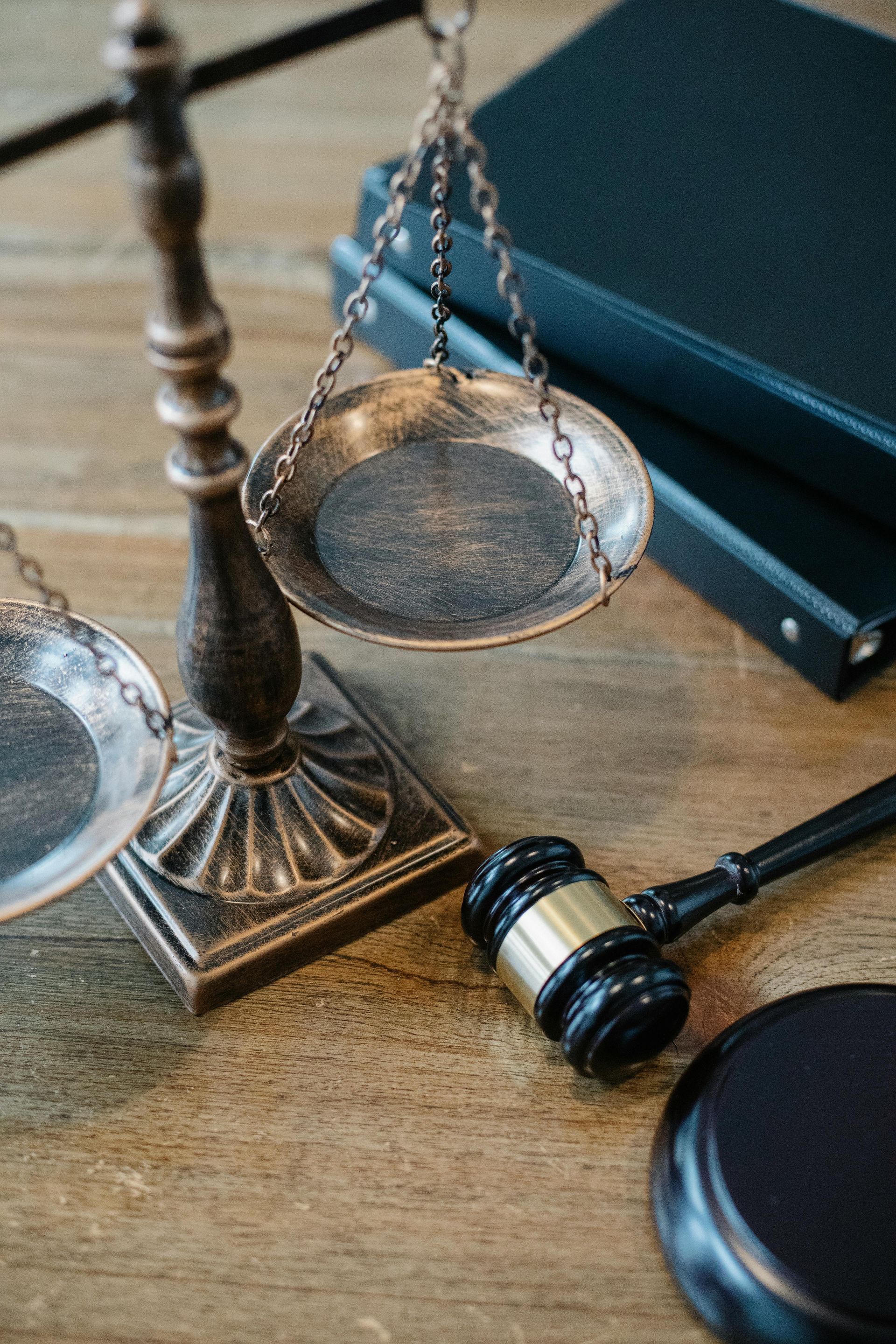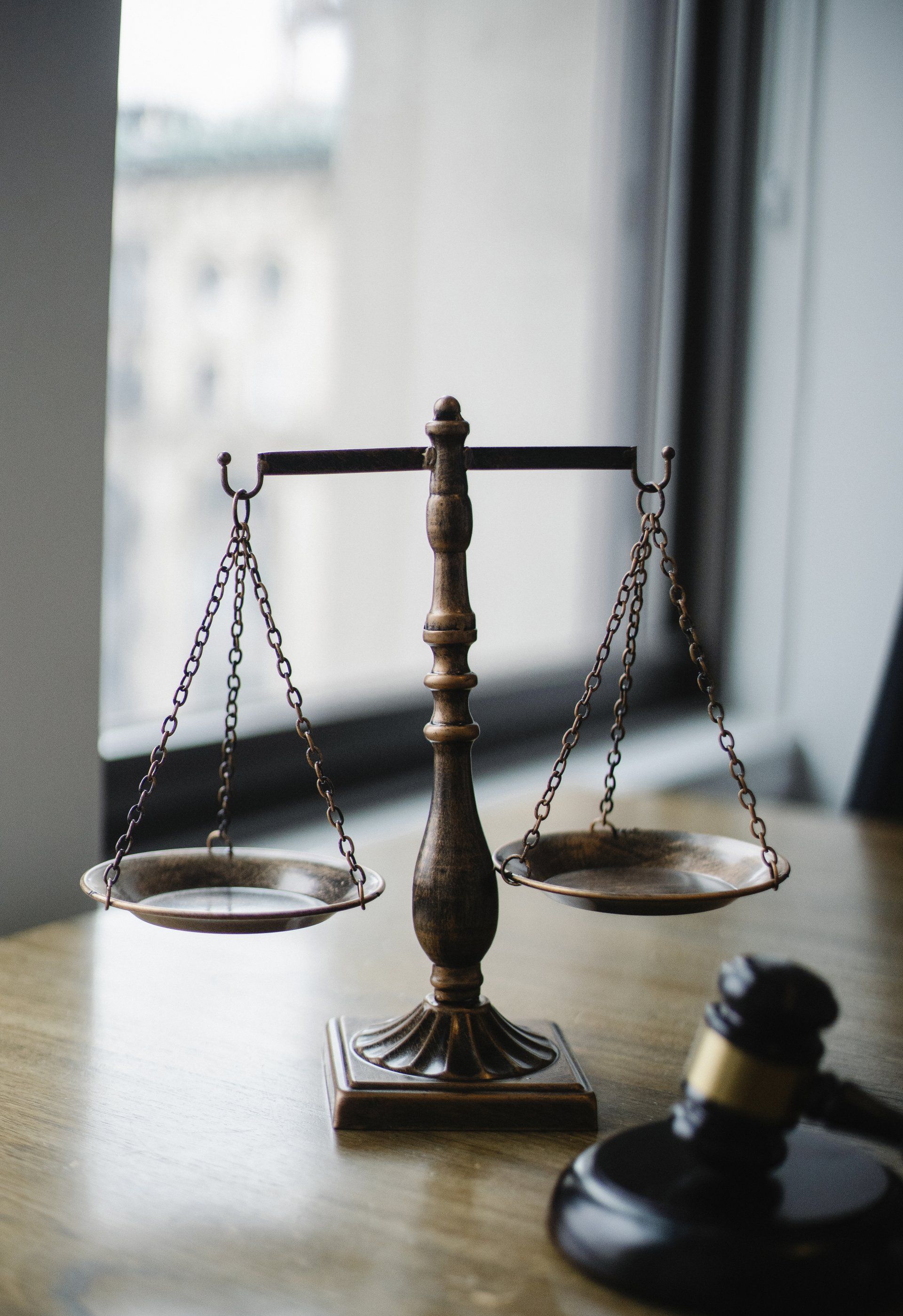Understanding the Difference Between Chapter 7 and Chapter 13 Bankruptcy
Understanding the Difference Between Chapter 7 and Chapter 13 Bankruptcy
Navigating the complexities of bankruptcy can be stressful, and determining which type of bankruptcy is right for your situation is essential for a successful financial resolution. At Anyama Law Firm, we specialize in helping the California public understand their bankruptcy options and guide them through the legal process. Here, we’ll break down the main differences between Chapter 7 and Chapter 13 bankruptcy to help you make an informed decision.
Chapter 7 Bankruptcy: Liquidation Bankruptcy
Overview: Chapter 7 bankruptcy, often referred to as “liquidation bankruptcy,” is designed for individuals who are unable to repay their debts. This process involves the sale of non-exempt assets by a court-appointed trustee to repay creditors.
Key Points:
- Qualification: To file for Chapter 7, you must pass the means test, which compares your income to the median income for a household of your size in California. If your income is below the median, you likely qualify.
- Process Duration: Chapter 7 cases typically take about 3-6 months from filing to discharge.
- Debt Discharge: Most unsecured debts, such as credit card bills and medical expenses, are discharged, relieving you of the legal obligation to repay them.
- Asset Protection: California has specific exemptions that may allow you to keep certain assets, such as a portion of your home equity, personal belongings, and retirement accounts. However, non-exempt assets may be sold to pay creditors.
Who Should Consider Chapter 7:
- Those with limited income and few assets.
- Individuals looking for a quicker resolution to eliminate unsecured debts.
Chapter 13 Bankruptcy: Reorganization Bankruptcy
Overview: Chapter 13 bankruptcy is known as “reorganization bankruptcy” and allows individuals to restructure their debt into a manageable repayment plan. This type of bankruptcy is suitable for those who have a regular income and wish to keep their property while repaying debts over time.
Key Points:
- Repayment Plan: Under Chapter 13, debtors propose a repayment plan lasting 3-5 years. The plan must be approved by the bankruptcy court.
- Debt Limits: Chapter 13 has specific debt limits for unsecured and secured debts, which are adjusted periodically. Consult with our legal team to understand if your debt falls within these limits.
- Asset Protection: Chapter 13 allows you to keep your assets, including your home and car, while making affordable payments over the plan’s duration.
- Debt Discharge: At the end of the repayment plan, any remaining eligible unsecured debts may be discharged.
Who Should Consider Chapter 13:
- Those who have a steady income but need to catch up on mortgage payments or other secured debts.
- Individuals seeking to protect assets that might be sold under Chapter 7.
- People who do not qualify for Chapter 7 due to higher income.
Choosing Between Chapter 7 and Chapter 13
The choice between Chapter 7 and Chapter 13 bankruptcy depends on your financial situation, goals, and eligibility. Here are some factors to consider:
- Income Level: If your income is too high for Chapter 7, Chapter 13 may be your best option.
- Asset Protection: If protecting your home or other significant assets is a priority, Chapter 13 offers greater flexibility.
- Debt Type: For those with primarily unsecured debts, Chapter 7 can provide a quicker resolution. If you need time to repay overdue secured debts, Chapter 13 may be more appropriate.
How Anyama Law Firm Can Help
Bankruptcy laws are complex, and choosing the right path can be daunting without the proper guidance. At Anyama Law Firm, we provide expert legal assistance to California residents to help them make the best decisions for their financial future. Whether you're considering Chapter 7 or Chapter 13 bankruptcy, our experienced attorneys are here to guide you through the process from start to finish.









